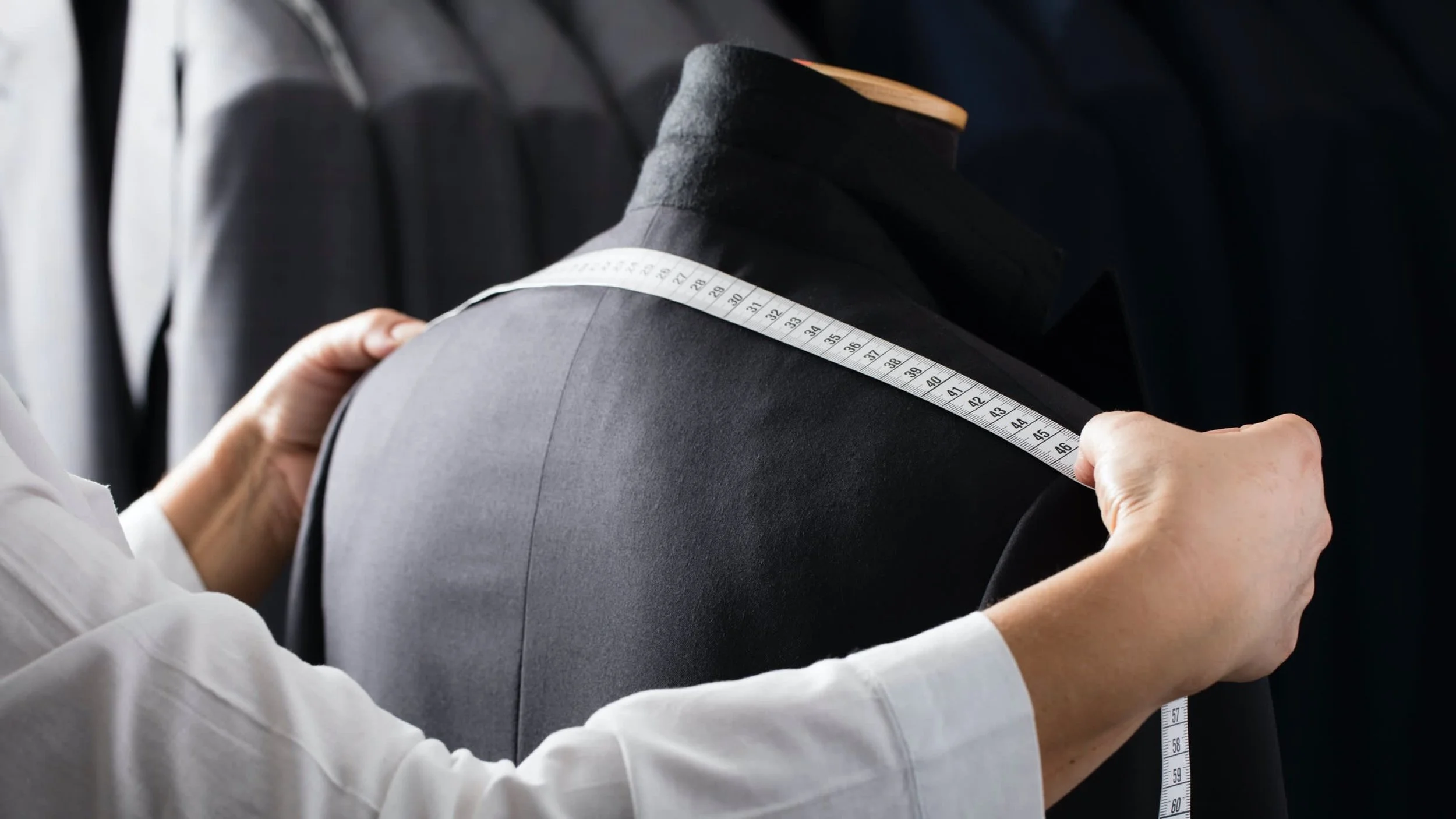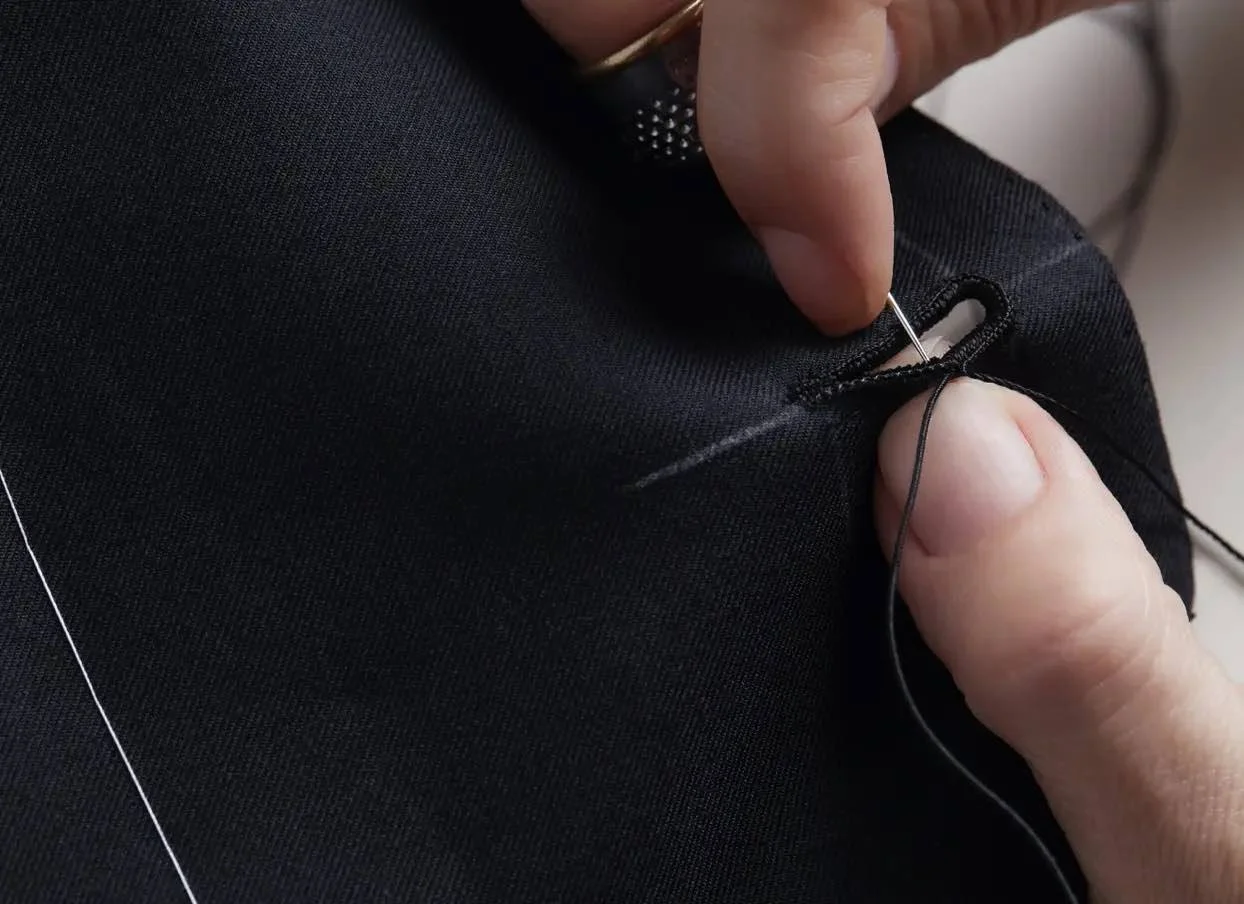HOW TO CHOOSE THE PERFECT SHIRT FABRIC
Shirt Fabric Essentials
Selecting the right fabric for a dress shirt can feel like navigating a maze, especially compared to picking out a suit. While you might have a preference for the shade of a grey suit, the nuances of shirt fabrics—like the subtle differences in blue poplin—often go overlooked. But don’t worry, this is actually a good thing. The world of shirting offers a wealth of options, and with a little guidance, you can confidently choose a fabric that suits your style and needs.
Here’s a streamlined guide to help you master the art of selecting shirt fabric.
-
Start with Weave and Formality
When choosing a shirt, the weave pattern and formality should be your first consideration. Shirt fabric books are typically organized by weave type—poplin, oxford, twill—and formality, with casual fabrics like denims and flannels separated from formal options.
Casual Shirts: If you’re after a laid-back look, focus on casual fabric books featuring bold colors, larger patterns, or textures like denim or flannel. Your choice here will hinge on color and feel rather than intricate weave differences.
Formal Shirts: For business or dressier occasions, you’ll need to decide on weave and thread fineness before picking a color or pattern. Poplin is the go-to for smart shirts, offering a crisp, clean look. Twills have a richer feel with a slight sheen, while oxfords are more textured and casual.
Run your fingers over the fabric to gauge its texture. Poplin feels smooth and sharp, twill is softer with a subtle luster, and oxford has a rugged, matte finish. These differences are subtle but can elevate your enjoyment of the shirt. If in doubt, poplin is the most versatile choice for a polished, professional look.
-
Understanding Thread Count and Fineness
Next, consider the thread count, which significantly impacts a shirt’s feel and durability. You’ll often see numbers like “120/2” next to a fabric, indicating a 120-count thread and two-ply yarn. Most quality shirts use two-ply yarn, so focus on the thread count:
Lower Thread Count (e.g., 80): Feels sturdy and rugged, wrinkles less, and drapes well throughout the day—ideal for those prioritizing durability.
Higher Thread Count (e.g., 140): Silky and soft but more prone to creasing. A 100 or 120 thread count strikes a balance, making it a great starting point for most men.
For a tropical climate, consider lighter fabrics like cotton-linen blends or pure linen for breathability, but avoid ultra-fine counts (e.g., 300), as they crease easily and may not hold up well in humid conditions.
-
Choosing the Right Color
For a classic office wardrobe, stick to blues, whites, and perhaps a soft pink. Whites are straightforward—most fabric books offer one plain white per weave and fineness. Blues, however, can be trickier, with multiple shades of light blue that can make or break your look.
Tips for Picking the Perfect Blue:
Bring a Reference: Wear or bring a blue shirt you already love to ensure you select a similar shade.
Test with Your Outfit: Hold the fabric swatch against your suit, jacket, or tie. A blue that seems perfect in isolation might clash when paired. Natural light is best for assessing true color.
Go Lighter if Unsure: A lighter blue pairs well with most suits, especially navy, and avoids looking too casual compared to bolder, brighter shades.
-
Matching your shirt to your suit is key to a cohesive look, especially in specific climates or styles:
Tropical/Fresco Suits: Opt for breathable fabrics like cotton-linen or pure linen with a bit of texture to complement the matte, open weave of fresco wool. Avoid overly shiny twills, which can clash with the suit’s casual texture.
Flannel/Tweed Jackets: Pair with oxfords or textured twills for a harmonious, rugged look. Poplin can feel too sleek for these heavier fabrics.
Worsted Suits: Stick with poplin or twill for a sharp, formal appearance.
Wool-Silk-Linen or Seersucker: Linen or cotton-linen shirts enhance the relaxed, summery vibe.
-
Check in Natural Light: Colors can look different under store lighting. Always view swatches in daylight.
Request Larger Swatches: Small samples make it hard to assess texture or color accurately. Ask for a larger piece or a bolt if possible.
Consider Your Lifestyle: For tropical climates, prioritize loose-fitting shirts in breathable fabrics like cotton-linen. In cooler climates, oxfords or flannels pair well with heavier jackets like tweed.
Choosing a shirt fabric doesn’t have to be daunting. Start with a versatile 100 or 120-count poplin in blue or white for a reliable office staple. Pay attention to weave, feel, and how the color complements your wardrobe. For casual looks, explore textured fabrics like oxford or linen blends. With these basics, you’re well-equipped to navigate the fabric books and build a shirting collection that’s both functional and stylish.
At Dorsia, RTW, MTM, and bespoke shirts. The choice comes down to your needs:
RTW: Fastest, with stylish pre-made options.
MTM: Custom fit with moderate personalization, delivered efficiently.
Bespoke: Ultimate fit and customization for a unique garment.
Explore Dorsia’s essential shirting, tailored to your style and timeline.











